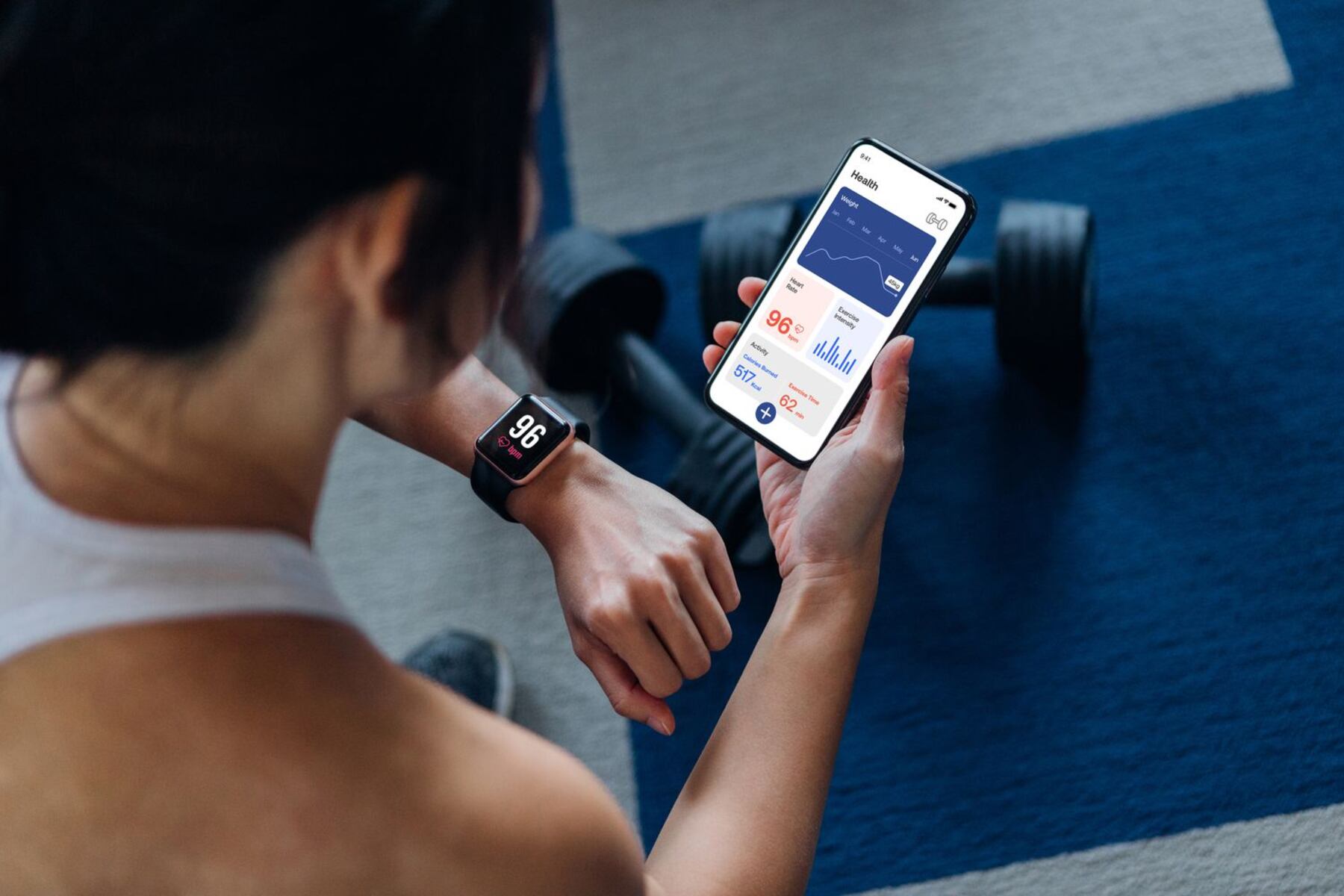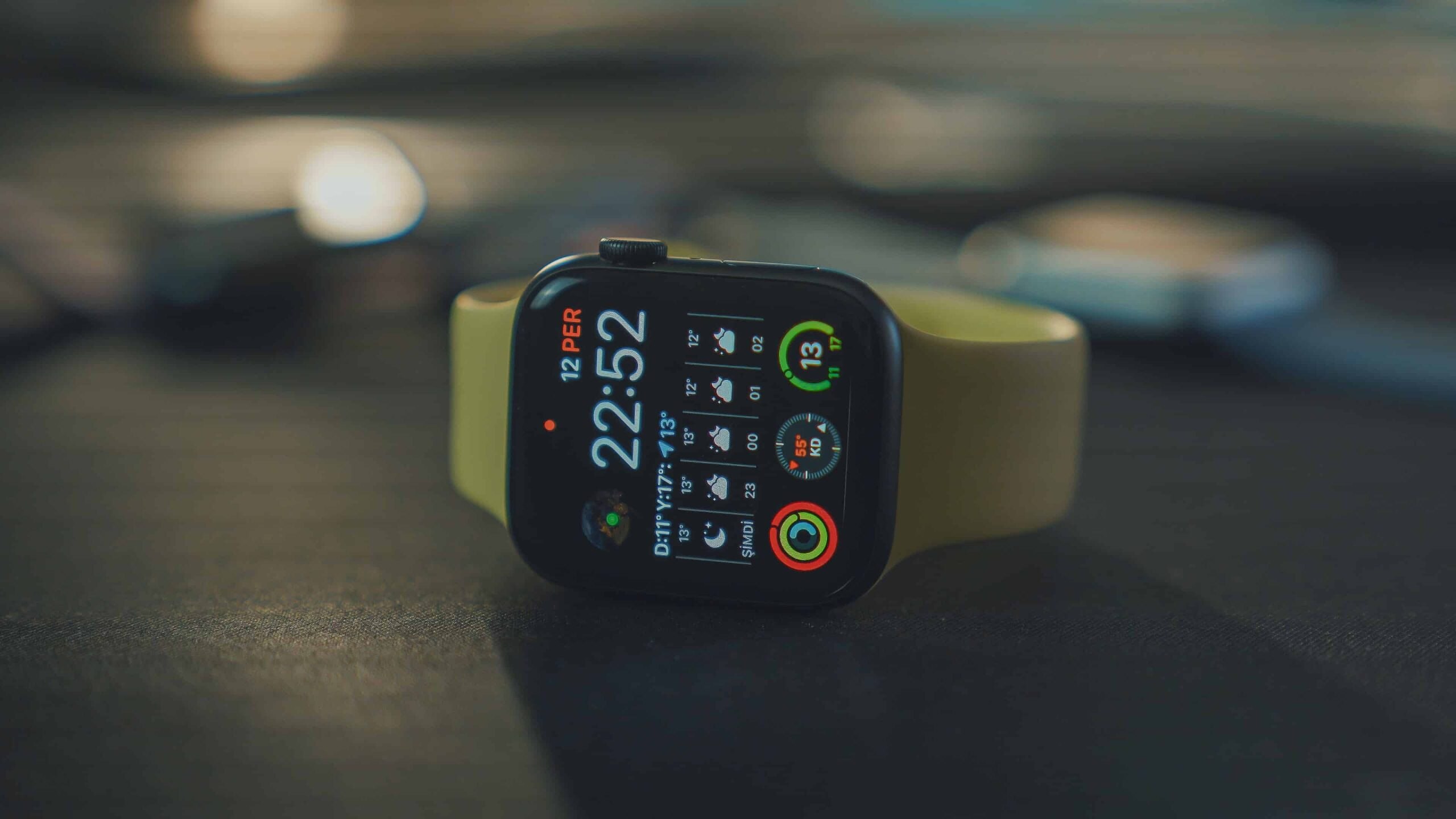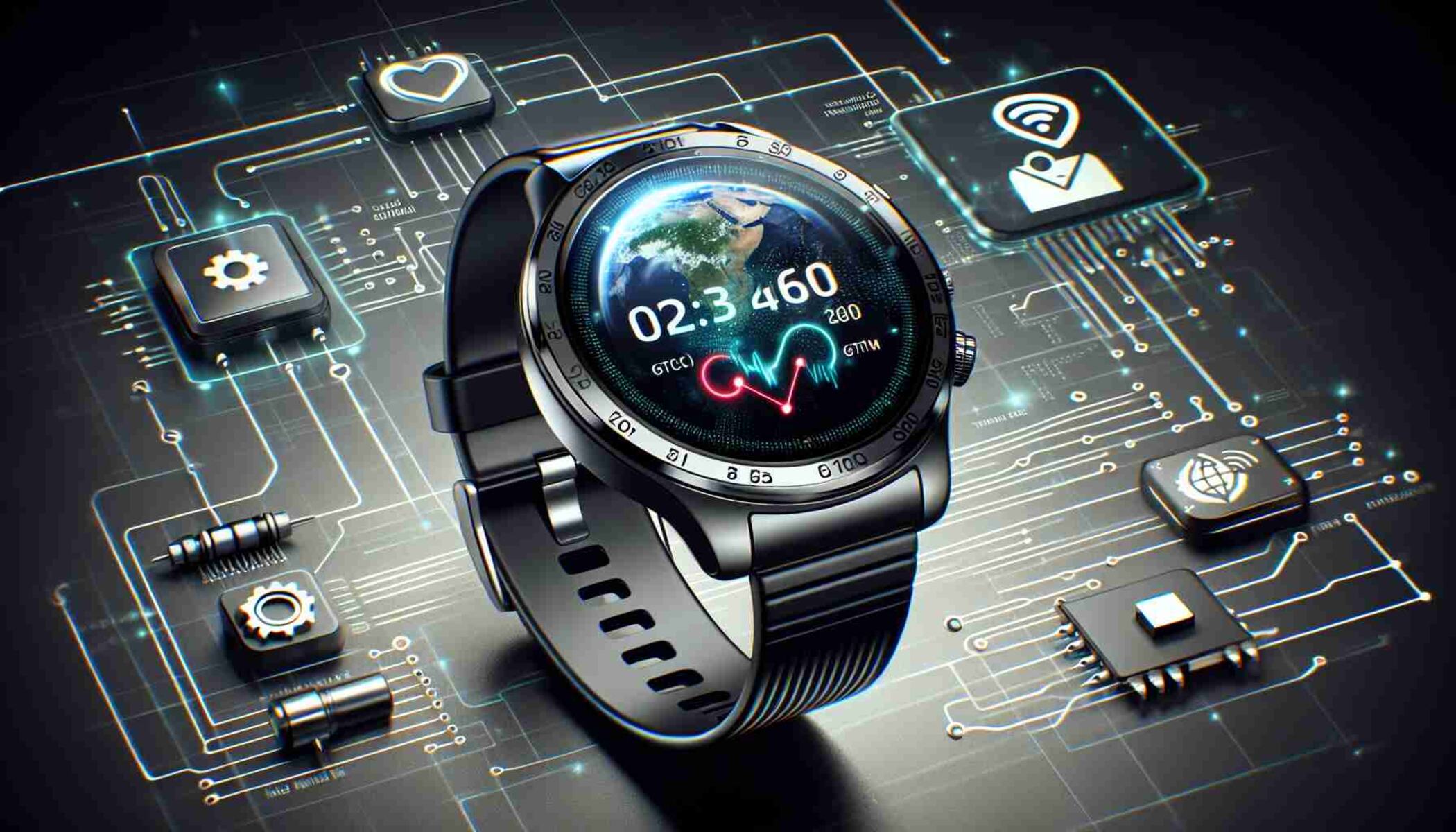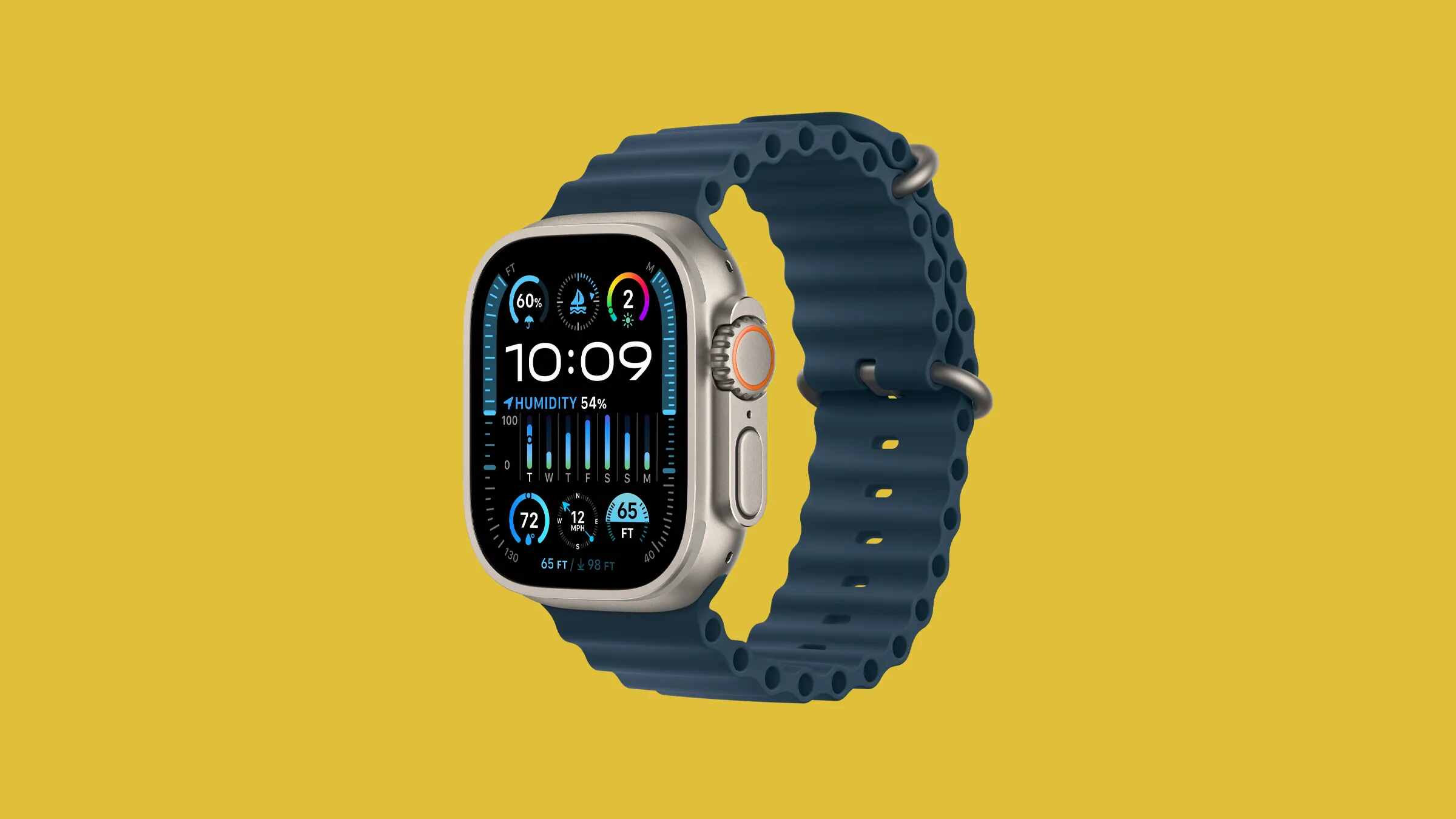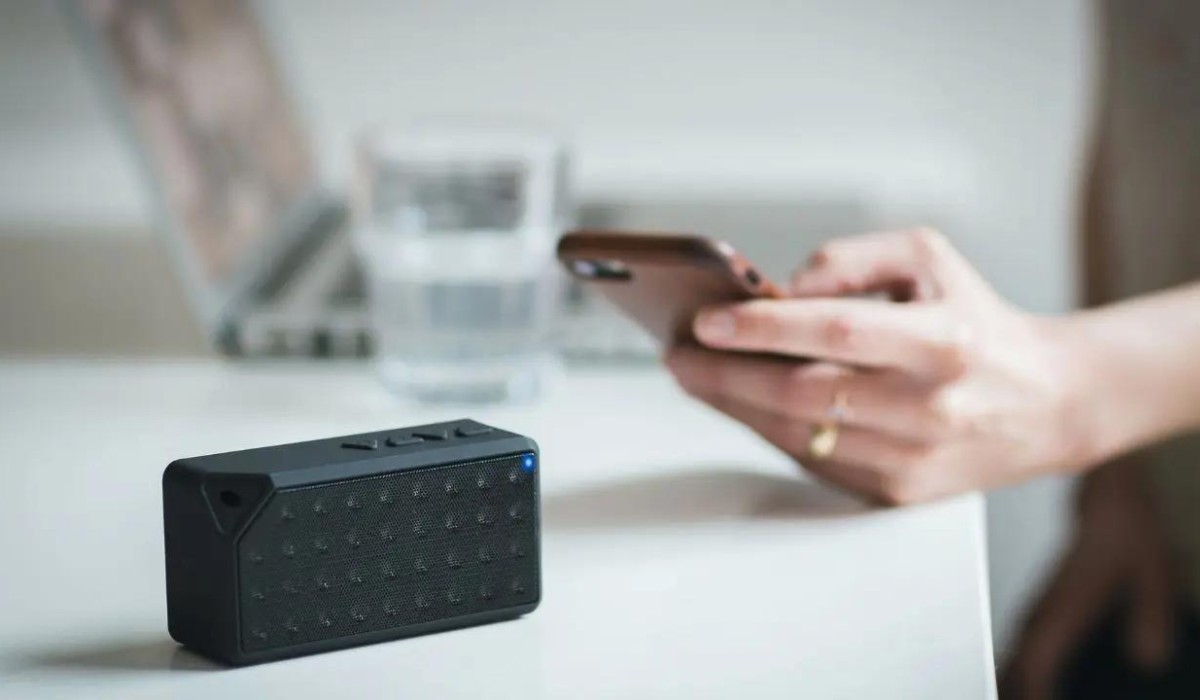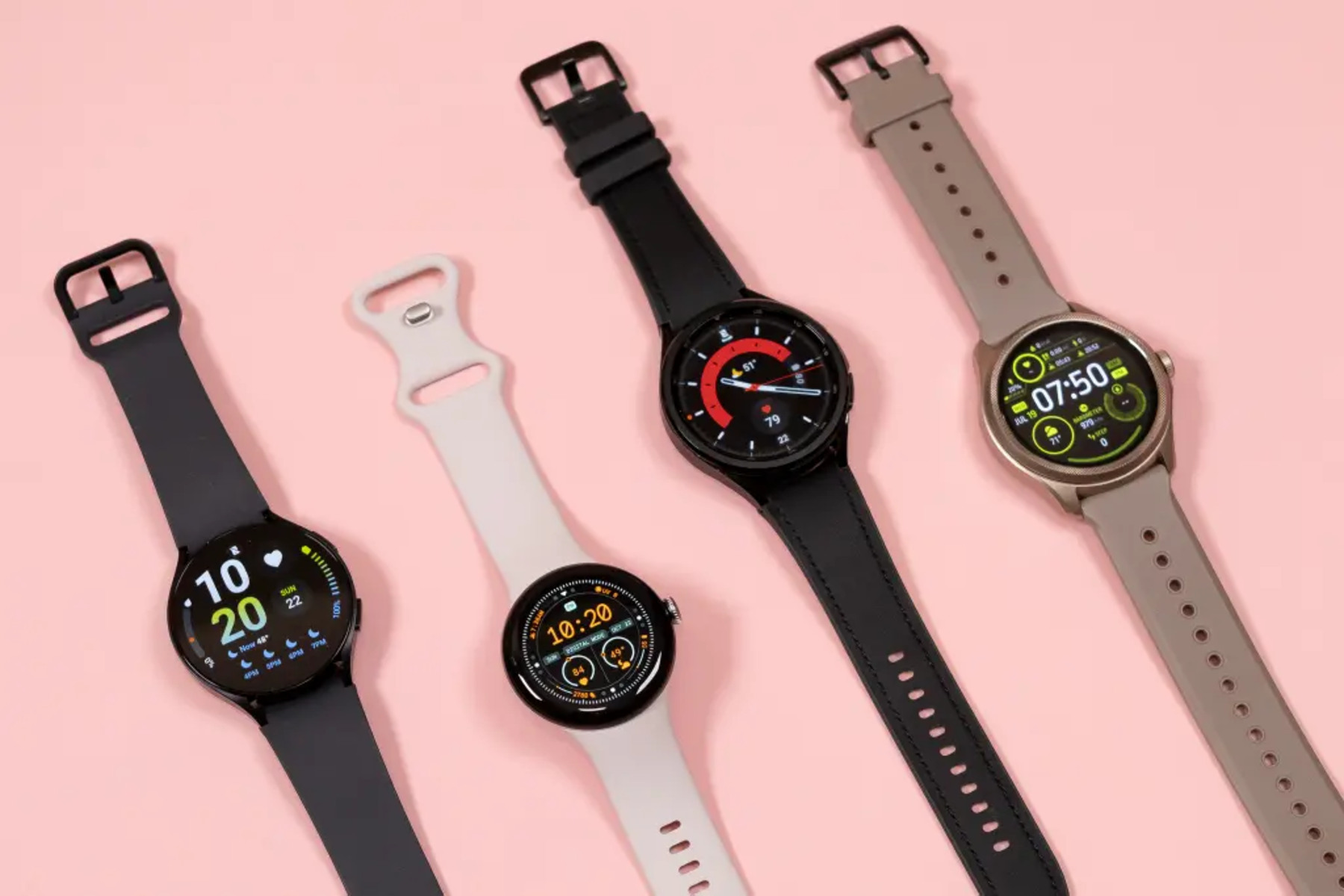Introduction
Smartwatches have revolutionized the way we interact with technology, offering a convenient and seamless way to stay connected on the go. These nifty devices not only tell time but also provide a range of functionalities, from receiving notifications to tracking fitness metrics. One common query that often arises is the distance a smartwatch can be from its paired smartphone while maintaining a stable connection. Understanding the range of connectivity options can help users make the most of their smartwatch experience.
When it comes to connectivity, smartwatches primarily rely on three main technologies: Bluetooth, Wi-Fi, and cellular. Each of these technologies offers a different range, impacting the distance a smartwatch can be from its paired smartphone or network. In this article, we will delve into the specifics of each connectivity option, exploring their respective ranges and the factors that can influence them.
Beyond the technical aspects, we will also provide practical tips for extending the range of your smartwatch, ensuring that you can make the most of its features without constantly worrying about staying within a specific distance from your phone or network. By understanding these concepts and implementing the suggested strategies, users can optimize the functionality of their smartwatches and enjoy a seamless experience, regardless of their proximity to their smartphones or networks.
Whether you're a fitness enthusiast who wants to track your workouts without lugging your phone around, a professional who needs to stay connected during meetings, or simply someone who appreciates the convenience of receiving notifications at a glance, understanding the connectivity range of smartwatches is essential for maximizing their utility in various scenarios. So, let's dive into the world of smartwatch connectivity and explore the fascinating capabilities of these innovative devices.
Bluetooth Range
Bluetooth technology serves as the primary means of connection between a smartwatch and a paired smartphone. The range of Bluetooth connectivity is a crucial factor to consider when using a smartwatch, as it determines the distance at which the devices can remain linked. In general, the typical Bluetooth range for smartwatches is approximately 30 feet (10 meters). However, this range can vary based on several factors, including the specific Bluetooth version, environmental conditions, and physical obstructions.
Bluetooth technology has evolved over the years, with each new version offering improvements in range and efficiency. The latest iteration, Bluetooth 5.0, boasts an extended range compared to its predecessors, reaching up to 800 feet (240 meters) under ideal conditions. While this impressive range is a significant advancement, real-world usage often results in more conservative distances, especially when considering the presence of obstacles and interference.
Environmental factors play a significant role in Bluetooth range. In open spaces with minimal interference, such as outdoor settings, the Bluetooth connection between a smartwatch and a smartphone can often reach its maximum potential range. However, indoors, where walls, furniture, and other electronic devices may interfere with the signal, the effective range is typically reduced. Additionally, the presence of wireless signals from other devices can impact Bluetooth connectivity, potentially limiting the effective range of the connection.
For smartwatch users seeking to maximize Bluetooth range, it is essential to consider the physical placement of the paired smartphone. Keeping the smartphone in a central location within the Bluetooth range of the smartwatch can help maintain a stable connection. Additionally, minimizing obstructions and interference, such as large metal objects or other electronic devices emitting wireless signals, can contribute to a more reliable Bluetooth connection.
Understanding the range of Bluetooth connectivity is vital for smartwatch users who wish to make the most of their devices while ensuring a seamless connection with their smartphones. By being mindful of the factors that influence Bluetooth range and implementing practical strategies to optimize connectivity, users can enjoy the full range of features offered by their smartwatches, regardless of their proximity to their smartphones.
Wi-Fi Range
While Bluetooth serves as the primary means of connection for most smartwatches, some models also offer Wi-Fi connectivity, providing additional flexibility for staying connected. Wi-Fi-enabled smartwatches can access the internet, receive notifications, and perform various tasks independently of a paired smartphone, making them valuable companions for users who require constant connectivity. Understanding the range of Wi-Fi connectivity is essential for users who rely on this feature to stay connected in diverse environments.
The range of Wi-Fi connectivity for smartwatches aligns with the standard Wi-Fi range for most devices, which typically extends up to 300 feet (91 meters) in an open space. However, similar to Bluetooth, the effective range of Wi-Fi connectivity can be influenced by environmental factors and physical obstructions. In densely populated areas with numerous Wi-Fi networks and electronic devices, signal interference can impact the range and stability of the connection.
When using a Wi-Fi-enabled smartwatch, users should consider the placement of Wi-Fi routers and access points to ensure optimal connectivity. Positioning the smartwatch within the range of a strong Wi-Fi signal can help maintain a stable connection and minimize the risk of signal dropout. Additionally, users should be mindful of potential sources of interference, such as large metal structures, electronic appliances, and other wireless devices, as these can affect the reliability of the Wi-Fi connection.
One notable advantage of Wi-Fi connectivity is its ability to provide internet access and data synchronization without the need for a paired smartphone. This feature is particularly beneficial for users who engage in activities where carrying a smartphone may be impractical or inconvenient. Whether it’s accessing maps and navigation information during outdoor activities or receiving real-time updates in professional settings, the extended range of Wi-Fi connectivity can significantly enhance the utility of a smartwatch.
For users who prioritize independence and seamless connectivity, Wi-Fi-enabled smartwatches offer a compelling solution. By understanding the range of Wi-Fi connectivity and taking proactive measures to optimize the connection, users can leverage the full potential of their devices, ensuring that they remain connected and informed, even when their smartphones are out of reach.
Cellular Range
Smartwatches equipped with cellular capabilities offer an unparalleled level of independence, allowing users to stay connected and access essential features without relying on a paired smartphone or Wi-Fi network. The cellular range of a smartwatch refers to the coverage provided by cellular networks, enabling users to make calls, send messages, and access data services from virtually anywhere within the network’s coverage area.
The cellular range of a smartwatch is determined by the coverage of the cellular network to which it is subscribed. In regions with robust cellular infrastructure, the range can extend across vast geographic areas, encompassing urban, suburban, and rural environments. This extensive coverage empowers users to utilize their smartwatches for communication and data access without being constrained by the proximity of a paired smartphone or a Wi-Fi network.
One of the key advantages of cellular-enabled smartwatches is their ability to provide connectivity in emergency situations or when traditional communication channels are unavailable. Whether it’s accessing emergency services, staying in touch during outdoor activities, or ensuring constant connectivity in professional settings, the cellular range of these smartwatches offers peace of mind and practical utility for users across various scenarios.
It’s important to note that the cellular range of a smartwatch is contingent on the availability and strength of the cellular network in a given area. Remote or sparsely populated regions may have limited cellular coverage, potentially affecting the smartwatch’s ability to maintain a stable connection. Additionally, factors such as network congestion and signal interference can impact the reliability of cellular connectivity, especially in densely populated urban areas.
For users who prioritize seamless connectivity and independence from a paired smartphone or Wi-Fi network, cellular-enabled smartwatches present a compelling solution. By leveraging the extensive coverage provided by cellular networks, users can stay connected, access essential services, and enjoy the full range of features offered by their smartwatches, regardless of their proximity to traditional communication infrastructure.
Factors Affecting Range
The range of connectivity for smartwatches, whether through Bluetooth, Wi-Fi, or cellular networks, can be influenced by various factors that impact the strength and stability of the connection. Understanding these factors is essential for users seeking to optimize the range and reliability of their smartwatch connectivity in diverse environments.
1. Environmental Conditions: The physical environment in which a smartwatch operates can significantly influence its connectivity range. In open spaces with minimal obstructions, such as outdoor settings, the range of Bluetooth and Wi-Fi connectivity is often maximized. Conversely, indoor environments with walls, furniture, and electronic devices can limit the effective range of connectivity, especially for Bluetooth and Wi-Fi connections.
2. Signal Interference: The presence of signal interference from other electronic devices and wireless networks can impact the range and stability of smartwatch connectivity. In densely populated areas with numerous Wi-Fi networks and cellular signals, the risk of interference is heightened, potentially reducing the effective range of connectivity for smartwatches operating in these environments.
3. Wireless Standards and Versions: The specific wireless standards and versions utilized by smartwatch connectivity technologies, such as Bluetooth and Wi-Fi, can influence their respective ranges. Newer standards and versions often offer improvements in range and efficiency, providing users with extended connectivity capabilities under optimal conditions.
4. Network Coverage: For cellular-enabled smartwatches, the range of connectivity is directly tied to the coverage provided by cellular networks. Areas with robust cellular infrastructure offer extensive coverage, enabling smartwatch users to maintain connectivity across various geographic locations. In contrast, remote or sparsely populated regions may have limited cellular coverage, affecting the smartwatch’s range of connectivity.
5. Device Placement: The physical placement of the smartwatch and its paired smartphone or network access point can impact the range and stability of connectivity. Keeping the devices within their recommended proximity and minimizing obstructions can contribute to a more reliable connection, especially for Bluetooth and Wi-Fi technologies.
By considering these factors and taking proactive measures to mitigate potential limitations, smartwatch users can optimize the range and reliability of their devices’ connectivity, ensuring seamless operation and access to essential features across diverse usage scenarios.
Tips for Extending Range
Maximizing the range of connectivity for smartwatches is essential for ensuring a seamless and reliable user experience. By implementing practical strategies and leveraging the capabilities of the devices and their underlying technologies, users can extend the range of their smartwatch connectivity, enabling them to stay connected and access essential features across diverse environments and usage scenarios.
1. Optimize Device Placement: Positioning the smartwatch and its paired smartphone or network access point in optimal locations can enhance connectivity range. For Bluetooth and Wi-Fi connections, ensuring that the devices are within their recommended proximity and minimizing obstructions can contribute to a stable and extended range of connectivity.
2. Leverage Advanced Wireless Standards: When selecting smartwatch models, users can benefit from choosing devices that incorporate the latest wireless standards and versions, such as Bluetooth 5.0 and Wi-Fi 6. These advanced standards offer improvements in range and efficiency, enabling users to experience extended connectivity capabilities under favorable conditions.
3. Minimize Signal Interference: In environments with potential signal interference from other electronic devices and wireless networks, users can take steps to minimize interference and optimize connectivity range. Positioning the smartwatch and its associated devices away from sources of interference and configuring network settings to mitigate signal conflicts can contribute to a more reliable connection.
4. Utilize Network Extenders and Repeaters: For Wi-Fi-enabled smartwatches, deploying network extenders and repeaters can enhance the range and coverage of Wi-Fi connectivity within indoor and outdoor environments. These devices amplify and extend the reach of Wi-Fi signals, providing users with an expanded area of reliable connectivity for their smartwatches.
5. Select Cellular Providers with Extensive Coverage: When opting for cellular-enabled smartwatches, users can benefit from selecting cellular providers with extensive coverage in their primary usage areas. Robust cellular infrastructure ensures comprehensive coverage, allowing users to maintain connectivity and access essential services across diverse geographic locations.
By implementing these tips and considering the specific requirements of their usage scenarios, smartwatch users can extend the range of connectivity for their devices, ensuring that they can stay connected, access essential features, and enjoy a seamless user experience, regardless of their proximity to paired smartphones or network access points.
Conclusion
Smartwatches have become indispensable companions, offering a myriad of functionalities that keep users connected and informed throughout their daily activities. Understanding the range of connectivity options, including Bluetooth, Wi-Fi, and cellular capabilities, is essential for users to maximize the utility of their smartwatches in diverse environments.
From the approximately 30 feet (10 meters) range of Bluetooth connectivity to the extended coverage provided by cellular networks, smartwatch users have access to a spectrum of connectivity options that cater to their communication and data access needs. By considering factors such as environmental conditions, signal interference, and wireless standards, users can optimize the range and reliability of their smartwatch connectivity, ensuring a seamless user experience across various usage scenarios.
As technology continues to evolve, the range of smartwatch connectivity is expected to expand, offering users even greater flexibility and independence in staying connected. The ongoing advancements in wireless standards and the proliferation of robust cellular infrastructure will further enhance the range and reliability of smartwatch connectivity, empowering users to leverage the full potential of their devices.
Ultimately, the range of smartwatch connectivity plays a pivotal role in shaping the user experience, enabling individuals to stay connected, access essential services, and enjoy the convenience of a connected lifestyle. By implementing practical tips for extending connectivity range and staying abreast of technological advancements, smartwatch users can embrace the full range of features offered by their devices, regardless of their proximity to paired smartphones or network access points.
As smartwatches continue to integrate seamlessly into our daily lives, the range of connectivity options will remain a critical consideration, ensuring that users can make the most of their devices in various personal, professional, and recreational settings. With a nuanced understanding of connectivity range and proactive measures to optimize it, smartwatch users can embark on their daily adventures with confidence, knowing that they are always within reach of the essential features and connectivity offered by their smartwatches.







